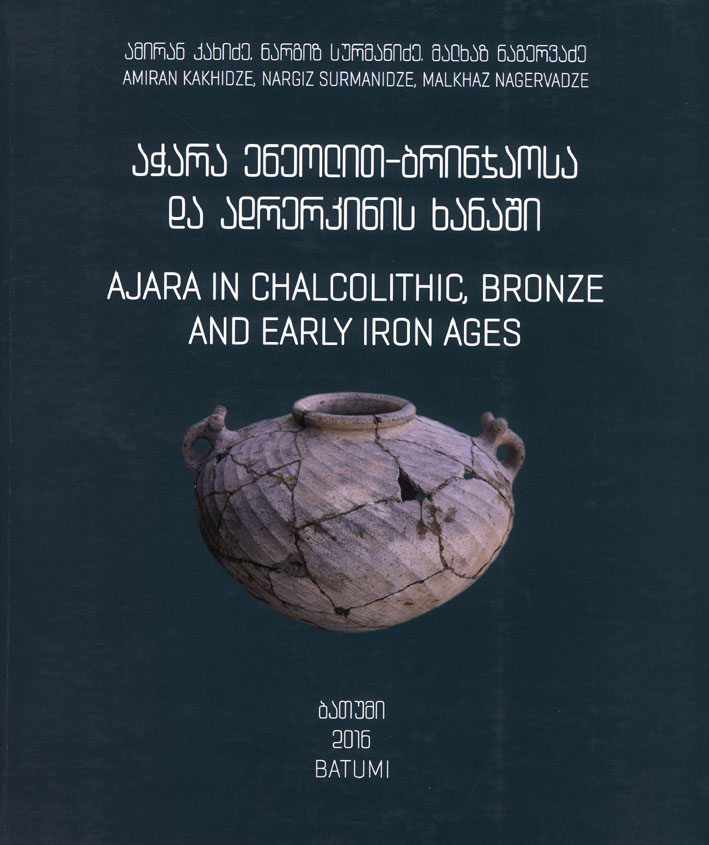Kakhidze, Amiran – Nargiz Surmanidze – Malkhaz Nagervadze : Ajara in Chalcolithic, Bronze and Early Iron Ages
35,00 €
Sofort verfügbar, Lieferzeit: 1-3 Tage
"Kakhidze, Amiran – Nargiz Surmanidze – Malkhaz Nagervadze : Ajara in Chalcolithic, Bronze and Early Iron Ages"
Amiran Kakhidze
–
Nargiz Surmanidze – Malkhaz Nagervadze,
Ajara in Chalcolithic, Bronze and Early Iron Ages. Catalogue
Batumi 2016
ISBN 978-9941-0-9529-0
136 S./pp., zahlr. Farbabb. / num. colour figs., 28 x 24 cm; broschiert / softcover
zweisprachig georgisch - englisch / bilingual georgian - english
0 von 0 Bewertungen
Durchschnittliche Bewertung von 0 von 5 Sternen
Anmelden
Ur- und Frühgeschichte
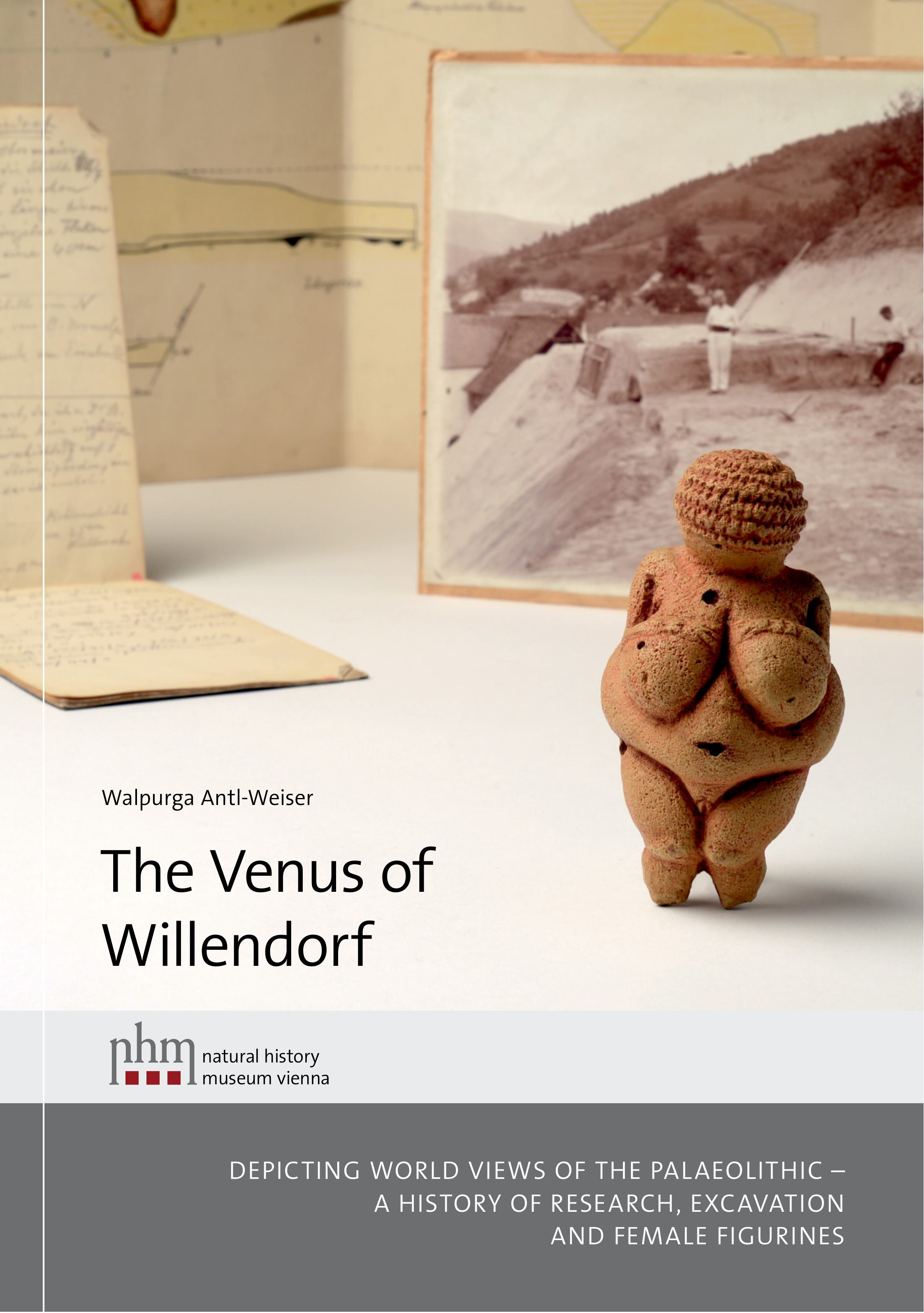
Walpurga Antl-Weiser,The Venus of Willendorf.Wien 2025ISBN 978-3-903096-49-3200 S./pp., zahlr. Farbabb./num. colour figs., 27,5 x 19,5 cm; broschiert / softcoverThe Willendorf figurine was found in 1908 during an excavation of the Natural History Museum Vienna under the direction of Joseph Szombathy, Hugo Obermaier, and Joseph Bayer. The first well documented Palaeolithic figurine soon became an icon of Palaeolithic art. Recent analyses unveiled the possible origin of the raw material and the production process of the sculpture. The Venus of Willendorf and other Palaeolithic figurines reflect a network of communication across Europe, from France to Russia. Worshiped ancestors, mothers, or mythical beings? Although we will never know their exact meaning and function, the recurrent combination of different types of female figurines and animal sculptures are a testimony of past human thoughts. The figurines could be seen as protagonists in legends told around the fireplaces of Palaeolithic camp sites more than 30,000 years ago.

Yannos Kourayos, Paros, Antiparos, Despotiko. From prehistoric to contemporary times / Πάρος, Αντίπαρος, Δεσποτικό. Aπο την προιστορία στα νεότερα χρόνια Paros 20253ISBN 978-960-89053-4-4 120 S./pp., zahlr. Farbabb./num. colour figs., 28 x 24 cm; broschiert/softcover zweisprachig griechisch - englischbilingual greek - english

Elektra Zografou – Angeliki Koukouvou – Ourania Palli – Evanthia Papadopoulou (eds.),Figurines in Northern Greece from Prehistory until Roman Times. Scientific Symposium Proceedings(Archaeological Museum of Thessaloniki, 11.-13.10.2018)Thessaloniki 2024ISBN 978-960-9621-52-6 (Set) ISBN 978-960-9621-50-2 (Band/vol. 1) ISBN 978-960-9621-51-9 (Band/vol. 2) 896 S./pp., zahlr. Farb- uns S/W-Abb./num. colour and b/w-figs., 28,5 x 21 cm; broschiert/softcoverBeiträge in griechischer Sprache mit englischer Zusammenfassung/contributions in greek with english summary
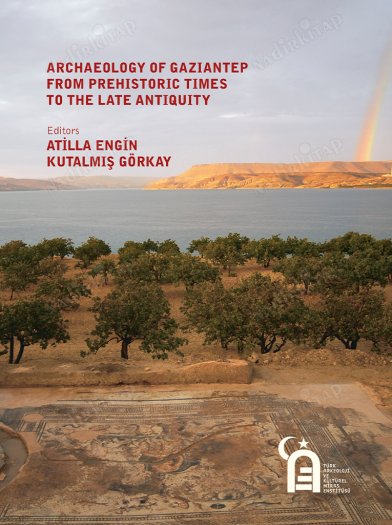
Atilla Engin – Kutalmiş Görkay (eds.), Archaeology of Gaziantep from prehistoric times to the late antiquity(Turkish Archaeology and Cultural Heritage Institute publications, 021)Istanbul 2022ISBN 978-625-7922-38-8424 S./pp., zahlr. Farbabb./num. colour-figs., 27 x 20 cm; kartoniert/hardcover Gaziantep is a transitional region located between Mesopotamia, the Eastern Mediterranean, and Anatolia in the northwestern part of the Fertile Crescent extending towards the Syrian plains, south of the Southeastern Taurus Mountains bordering the Anatolian Peninsula. For this reason, Gaziantep has been an important living area and crossroads in human history since prehistoric times, with its fertile lands on which it is located and its transition position between the regions. Although centers such as Dülük, Sakçagözü, Tilmen Höyük, Zincirli Höyük, Karkemish, Til Bashar, Gaziantep Kale Höyüğü, Oylum Höyük, and Zeugma, which are located within and around the province of Gaziantep, have been excavated for many years and reveal important archaeological results, this region is not yet known enough. The continuation of archaeological research and excavations in Gaziantep and its surroundings is of great importance in this respect. The vast fertile lands around the city of Gaziantep witnessed cultural, political, religious, and military interactions in antiquity. Situated on crossroads from the beginning of the Early Iron Age, the area was settled uninterruptedly by diverse ethnicities. This enabled the emergence of new cultural syntheses that comprised of Mesopotamian, Persian, Syrian, Greek, Macedonian and Latin elements. This book not only includes the results of recent archaeological investigations and research, but also provides the reader with a general overview of the region in antiquity.

Kamen Boyadzhiev – Stanimira Taneva, Prehistory(National Archaeological Museum. Catalogues. Volume 30) Sofia 2023ISBN 978-619-254-018-056 S./pp., zahlr. Farbabb./num. colour figs., 25 x 22 cm; broschiert/softcover
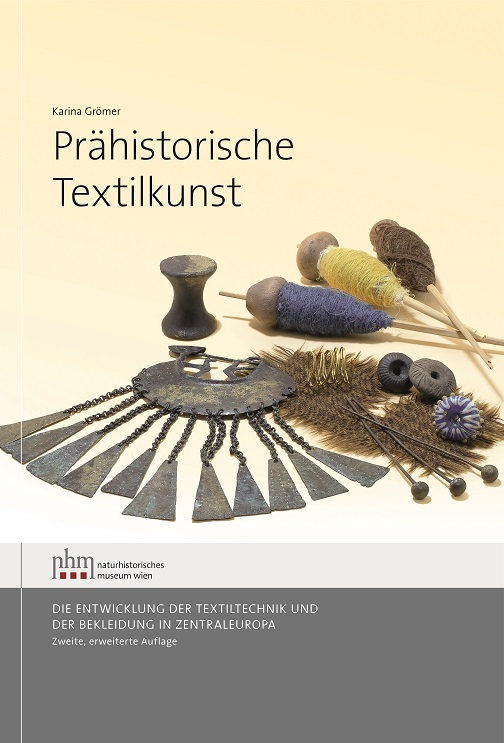
Karina Grömer,Prähistorische Textilkunst. Die Entwicklung der Textiltechnik und der Bekleidung in Zentraleuropa(Veröffentlichungen der Prähistorischen Abteilung 6) Zweite, erweiterte AuflageWien 2023²ISBN 978-3-903096-64-6X + 550 S./pp., zahlr. Farb- und S/W-Abb./num. colour and b/w-figs., 27,5 x 19 cm; kartoniert/hardcover Spinnen, Weben, und Nähen – das alles ist uralte überlieferte Handwerkskunst. Textiles Handwerk begleitet den Menschen schon seit der Steinzeit. Bis vor wenigen hundert Jahren nahm es – neben dem Nahrungserwerb – einen großen Teil der Arbeitszeit in Anspruch. Das Textilhandwerk, insbesondere die Weberei, hat viel zur allgemeinen Technikentwicklung beigetragen. Webstühle, in der Jungsteinzeit entwickelt, stellen die ersten „Maschinen“ der Menschheitsgeschichte dar; sogar die Automatisierung mittels Lochkarten wurde für die Weberei entwickelt. Mit diesem Handwerk wurden aber nicht nur wesentliche Güter des täglichen Bedarfs – allen voran Kleidung – hergestellt, sondern auch Gebrauchswaren sowie repräsentative Objekte bis hin zu Luxusartikeln. Textilien waren wertvoll, dies drückt sich auch im Recycling von Stoffen aus. In der Urgeschichte wurden ausgediente Kleidungsstücke als Binde-, Verpackungs- und sogar als Verbandsmaterial verwendet. Bereits in der Urgeschichte dienten Kleidung und Schmuck nicht nur als Schutz vor klimatischen Einflüssen. Textilien sind mehr als nur simples Gewand, sie stellen ein Kernmerkmal jeder Kultur dar. Damals wie heute ist Kleidung ein wichtiges nonverbales Kommunikationsmittel und sagt viel über die Menschen, den sozialen Status, Alter und Geschlecht sowie Gruppenzugehörigkeiten aus. Die zweite Auflage des erstmals 2010 erschienenen Werks wurde neu illustriert und anhand der aktuellen Forschungsergebnisse überarbeitet und erweitert. Abgerundet wird das Werk durch Beiträge zum Thema Färben von Regina Hofmann-de Keijzer und Nähen und Schneidern von Helga Rösel-Mautendorfer.

Çiğdem Maner (ed.),Crossroads. Konya Plain from Prehistory to the Byzantine PeriodKavşaklar. Prehistorik Çağ'dan Bizans Dönemine Konya Ovası(9th International Anamed Annual Symposium)Istanbul 2019ISBN 978-605-9680-88-2270 S., zahlr. Farb- und S/W-Abb., 27,5 x 19,5 cm; broschiert
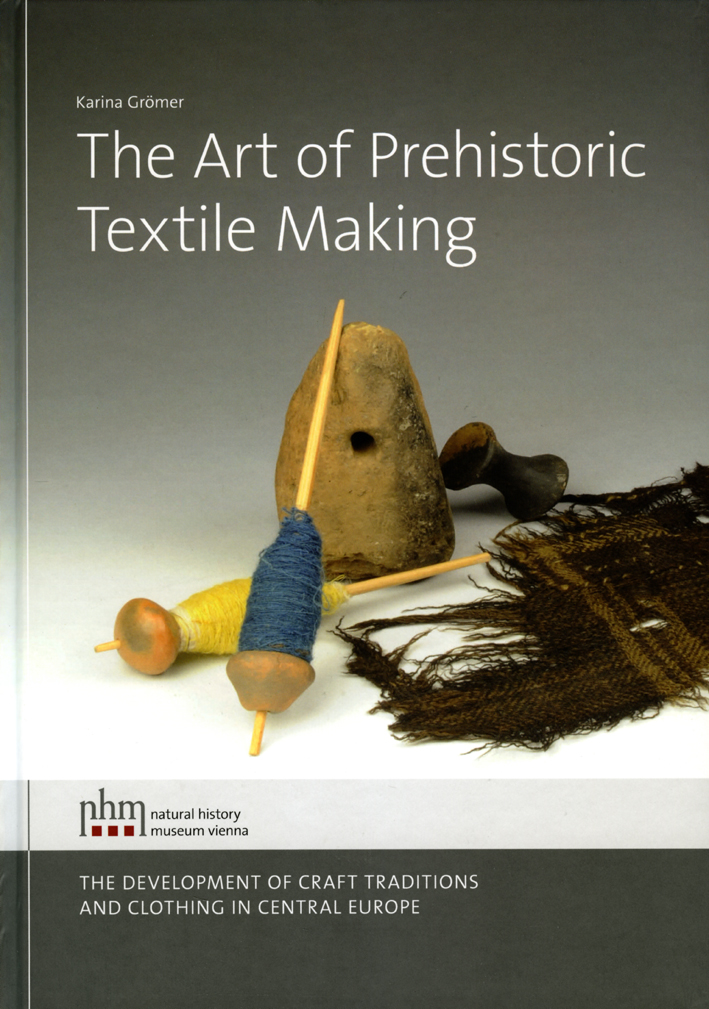
Karina Grömer,The Art of Prehistoric Textile Making.The Development of Craft Traditions and Clothing in Central Europe(Veröffentlichungen der Prähistorischen Abteilung 5) Wien 2016 ISBN 978-3-902421-94-4 533 pp., num. colour and b/w-figs., 27 x 19 cm; hardcover Traditional textile crafts such as spinning, weaving, and sewing have accompanied humanity since the Stone Age. Until a few hundred years ago, textile crafts occupied a huge portion of the daily workload in addition to the acquisition of food.Textile crafts, and weaving in particular, have contributed much to the overall development of technology. Looms were invented in the Neolithic and represent the first ‘machines’ of human history. Essential goods for daily use, especially clothing, as well as utilitarian textiles, ostentatious objects for display and luxury items were produced with this craft.Textiles were valuable, as can be inferred from the recycling of fabrics. Worn out garments were used as binders, packaging and even as a dressing material in prehistoric times. Clothing, however, not only offered protection against the elements – even in prehistoric times textiles and jewellery were more than just simply means to dress – they are an essential feature of every culture. In the past as well as today, clothing represents an important non‐verbal means of communication and conveys aspects of identity about the wearer such as age, gender, social status and group memberships.This book is dedicated to historians, costume designers, archaeologists, and anyone interested in handcraft and artisanship. The temporal and geographical scope of this investigation is the Neolithic to Late Iron Age of Central Europe, which is the period before the introduction of writing. The book ends with the Roman occupation in Central Europe.Austrian finds and sites as well as those of neighbouring countries are the primary focus.

Ivan Šuta, Prapovijest KozjakaPrehistory of KozjakKaštela 2016 ISBN 978-953-7276-41-6 60 S., zahlreiche Farbabb., 27,9 x 22,5 cm; broschiert

APAD Anadolu Prehistorya Araştırmaları Dergisi / Journal of Anatolian Prehistoric Research 1, 2015 Anadolu Prehistoryası Terminoloji-Kronoloji-Tanımlama Sorunları Çalıştay Bildirileri17-19 Mart 2014, AnkaraAnkara 2015ISSN 2149-4045187 S., zahlreiche S/W-Abb. im Text, 29,7 x 21 cm; broschiert
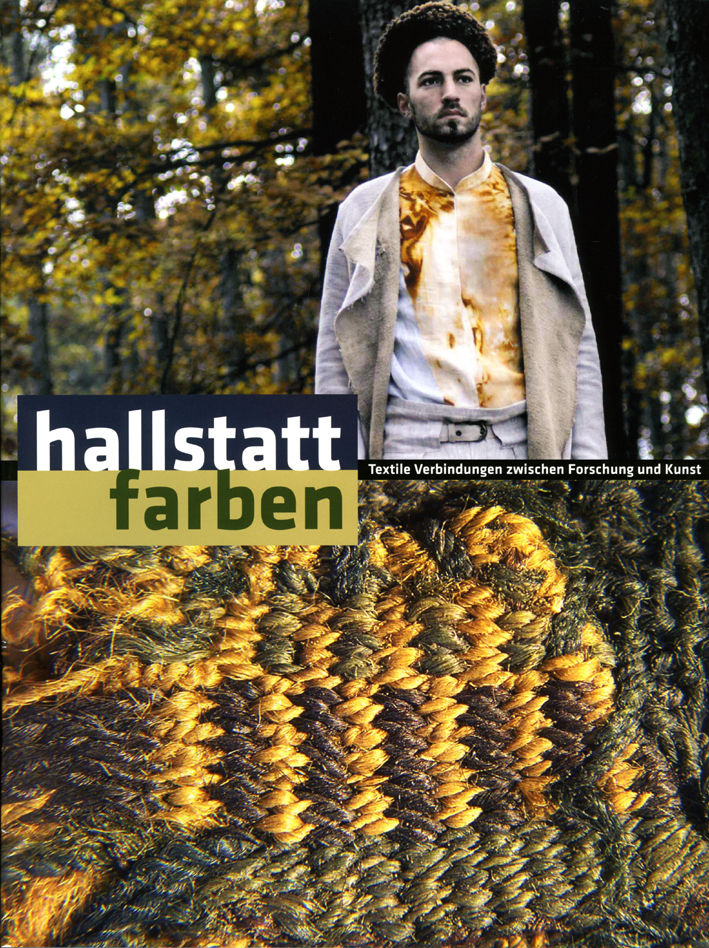
Anton Kern et al.,Hallstattfarben. Textile Verbindungen zwischen Forschung und KunstWien 2013²ISBN 978-3-902421-62-350 S., zahlr. Farbabb., 28 x 21 cm; broschiert Das Begleitheft zu einer Ausstellung, die vom 1. Februar 2012 bis 6. januar 2013 im Naturhistorischen Museum Wien stattfand. Sie bildete die Zusammenfassung eines gemeinsamen Projektes von Forschern des NHM und Künstlern der Universität für angewandte Kunst.
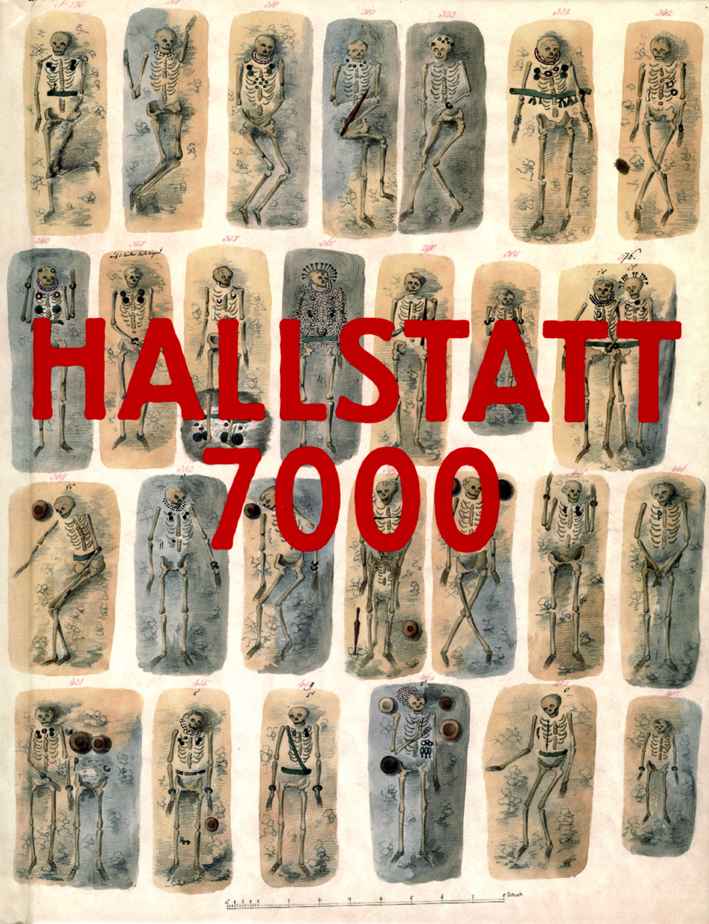
Anton Kern et al. (Hrsg.),Hallstatt 7000 (deutsch/englisch) Wien 2011 ISBN 978-3-901753-22-0 469 S., zahlr. Farbabb, 22,5 x 17 cm; broschiert Seit 7.000 Jahren wird in Hallstatt Salz abgebaut. 7.000 Jahre zählt das älteste Unternehmen der Welt. Es befindet sich in Hallstatt. Ein Standort. Ein Produkt. 7.000 Jahre wird in Hallstatt gearbeitet und gelebt, Kulturgeschichte geschrieben. So bedeutend, dass einem ganzen Abschnitt der Eisenzeit der Name dieses Ortes gegeben wurde: Hallstatt-Kultur. 7.000 Jahre später wurde – vor 150 Jahren – vom Bergmeister Johann Georg Ramsauer in Hallstatt die moderne Archäologie mitbegründet. 7.000 Jahre später begannen die Gräber im Hochtal und die Fundstätten in den prähistorischen Stollen im Berg ihre Geheimnisse allmählich preiszugeben. Heute macht das Archäologenteam um den Grabungsleiter Anton Kern einen atemberaubenden Fund nach dem anderen. Anders gesagt: Hallstatt ist 7.000 Jahre Weltsensationen: Das älteste Seil der Welt. Die älteste Stiege der Welt. Der älteste Handschuh der Welt. Der älteste Rucksack der Welt. HALLSTATT 7000 entsteht in Co-Produktion mit dem Naturhistorischen Museum Wien und bietet daher eine noch nie gezeigte Zusammenschau der spektakulärsten Funde.
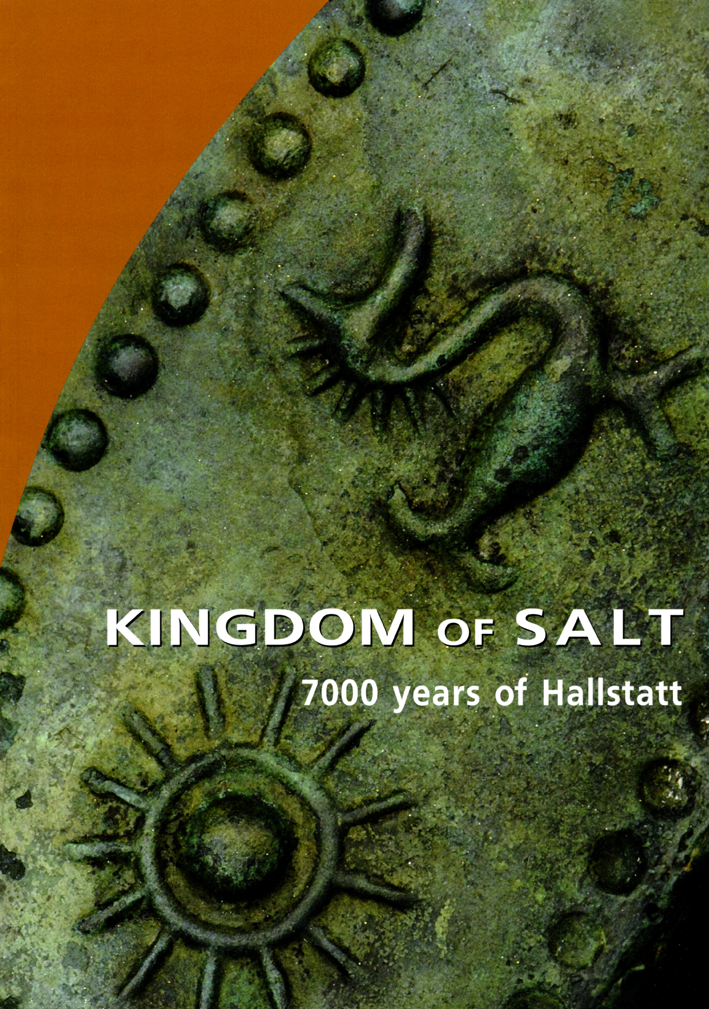
Anton Kern et al.,Kingdom of Salt. 7000 years of Hallstatt(Veröffentlichungen der Prähistorischen Abteilung 3)Wien 2016²ISBN 978-3-903096-08-0240 pp., num. colour and b/w-figs., 27 x 19 cm; softcover This book tells the story of uniqueness of the archaelogical heritage in Hallstatt. Because of the wealth of finds from the Iron Age cemetery in the Hallstatt High valley, hallstatt gave its name to an entire cultural epoche: the Hallstatt period.
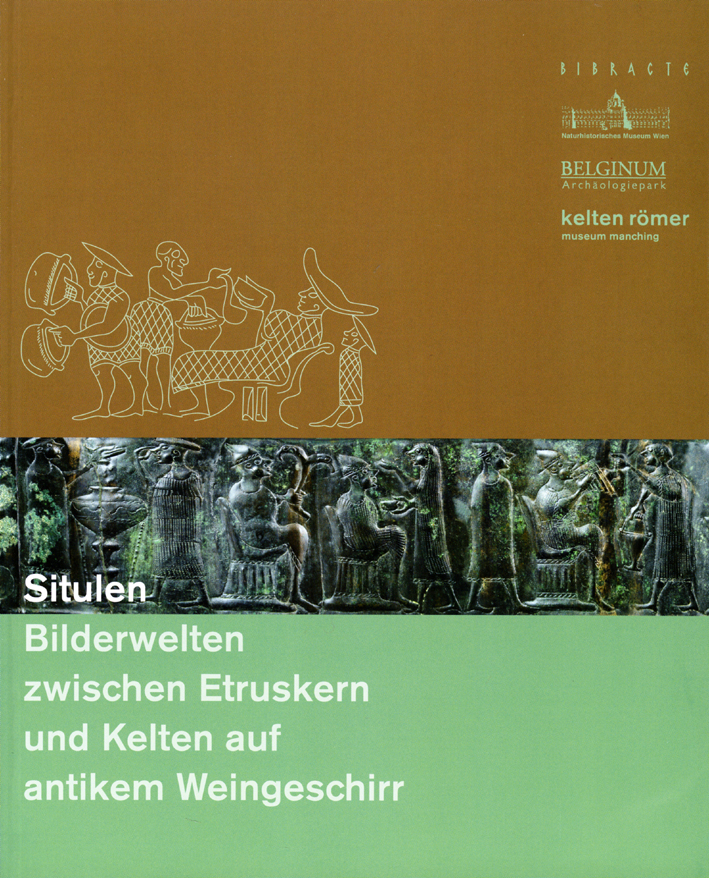
Anton Kern et al. (Hrsg.),Situlen. Bilderwelten zwischen Etruskern und Kelten auf antikem Weingeschirr Wien 2009 ISBN 978-3-9811802-1-3 50 S., zahlr. Farb- und S/W-Abb., 26,1 x 21 cm; broschiert
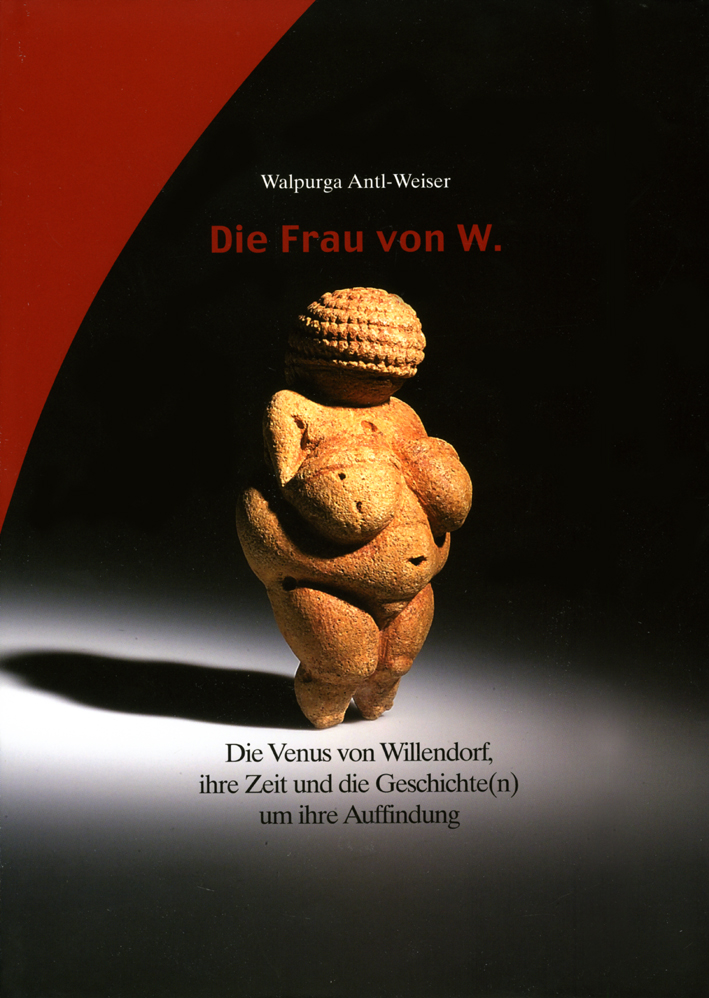
Walpurga Antl-Weiser,Die Frau von W. Die Venus von Willendorf, ihre Zeit und die Geschichte(n) um ihre Auffindung(Veröffentlichungen der Prähistorischen Abteilung 1)Wien 2008ISBN 978-3-902421-25-8208 S., 27,5 x 19,5 cm, zahlr. Farbabb.; kartoniert mit Schutzumschlag Die Venus von Willendorf ist ein vollendetes Meisterwerk altsteinzeitlicher Plastik. Die Forscher Josef Szombathy, Josef Bayer und Hugo Obermaier, die sie am 7. August 1908 in Willendorf gefunden haben, waren sich der Besonderheit ihrer Entdeckung sogleich bewusst. Persönliche Eitelkeiten, tiefe Zerwürfnisse und Legenden sind untrennbar mit diesem herausragenden Fund verbunden und bis heute Teil des Rätels "Venus von Willendorf". Wer waren die Menschen, die Werke wie die Venus von Willendof geschaffen haben? Wie haben sie gelebt? Heute ist sie für viele Urmutter oder gar Göttin und ein Indiz für das Matriarchat in altsteinzeitlichen Gesellschaften. Was aber bedeutete sie dem Menschen, der sie aus einem Stück Kalkstein geschnitzt hat, wirklich? War sie ein Bild starker Frauen oder ein Ausdruck männlicher Wünsche und Vorstellungen? Die Auseinandersetzung mit den Venusfiguren fasziniert, weil in ihnen die Gedanken längst vergangener Zeiten fühlbar nahe werden und wir dabei aber ständig mit den Grenzen des wissenschaftlich Erforschbaren konfrontiert sind.

Stefan Hiller – Vassil Nikolov (Hrsg.),Karanovo 4 – Die Ausgrabungen im Nord-Süd-Schnitt, 1993-1999 Wien 2005 ISBN 978-3-901232-58-9 2 BändeBand 1: 440 S., 29,7 x 21 cm, kartoniertBand 2: 220 Taf., 13 Planbeilagen, 29,7 x 21 cm; kartoniert
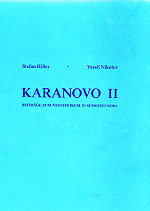
Stefan Hiller – Vassil Nikolov (Hrsg.),Karanovo 2 – Die Ausgrabungen in O 19 Wien 2002 ISBN 978-3-901232-33-6 192 S., zahlr. S/W-Abb. und Zeichnungen, 29,7 x 21 cm; kartoniert

